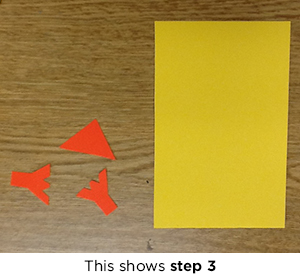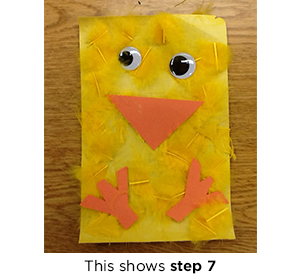Elementary teachers are crazy about this classroom management app! Not only is this app easy to use as a teacher, it is easy and fun for students to play along. Once students are registered in the class, they are given a cute monster icon and earn points based on their good behaviors. Teachers can create their own expectations for the class on ClassDojo and points are given for positive actions, but taken away for negative behaviors. One of the best parts of ClassDojo is the ability to share students’ behaviors with parents. They can track their child’s behavior week by week. This is a great tool for students to learn how to set goals and achieve them!
Plickers is a new, exciting way to make exit tickets, or any part of a lesson, interactive. This app allows teachers to generate a multiple choice question and students to scan laminated cards using devices to choose the correct answer. This tool is simple to use and allows teachers to incorporate technology into the classroom. It tracks student engagement and allows for assessment in a quick, easy manner. Plickers is great for assessment or test review, but it can also be used as a brain break for those classes who just can’t seem to stay focused!
Google Classroom is an excellent tool for a plethora of reasons. Teachers are able to share assignments, ask questions, or give surveys all in one specific area. This paper-free management system benefits both teachers and students when handing in work. Grades can be given back in real-time and comments can be posted right on the document itself. Read more about Google Classroom.
Schoology is one of the most popular Learning Management Systems (LMS) in schools today. It is designed to create assignments for students all online. After reviewing the site, Schoology is a wonderful way to organize student work all in one place. Not only does Schoology help with classroom management, it is a tool used to benefit connection between home and school by allowing students to access their work from home.
Classcraft is a classroom management tool that makes positive behavior fun! This LMS is located on the web or also using a Chrome extension. Students are motivated to win points with their excellent behavior throughout the day. Teachers must set up the fantasy world for their students to join and have them complete “quests,” such as assessments for students to become highly engaged. Classcraft also allows parents with Google accounts to join and track their child’s progress.
Repost from Really Good Teachers























